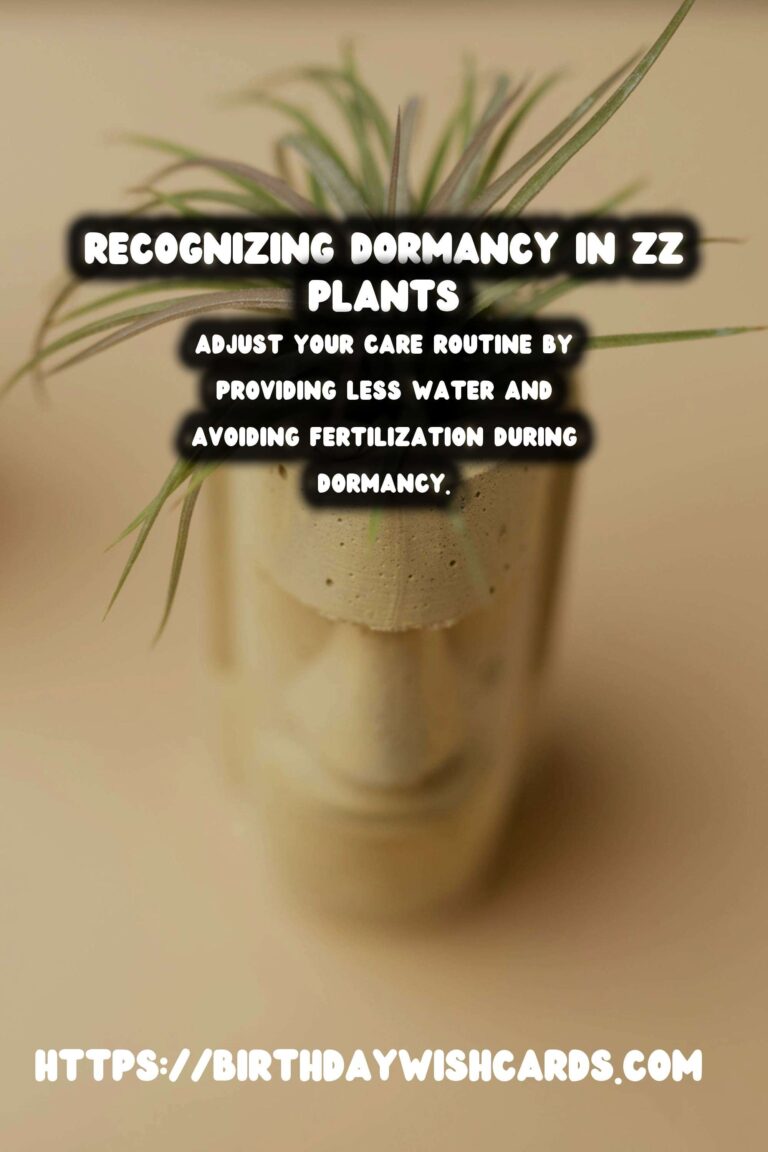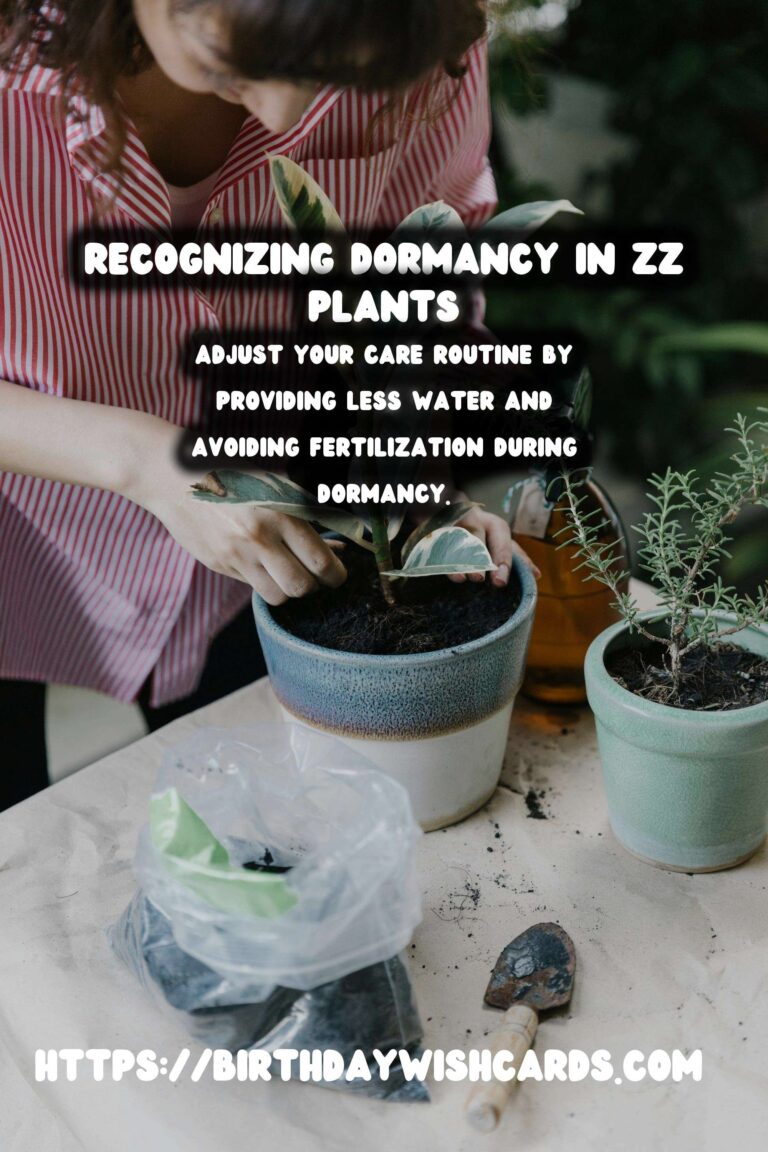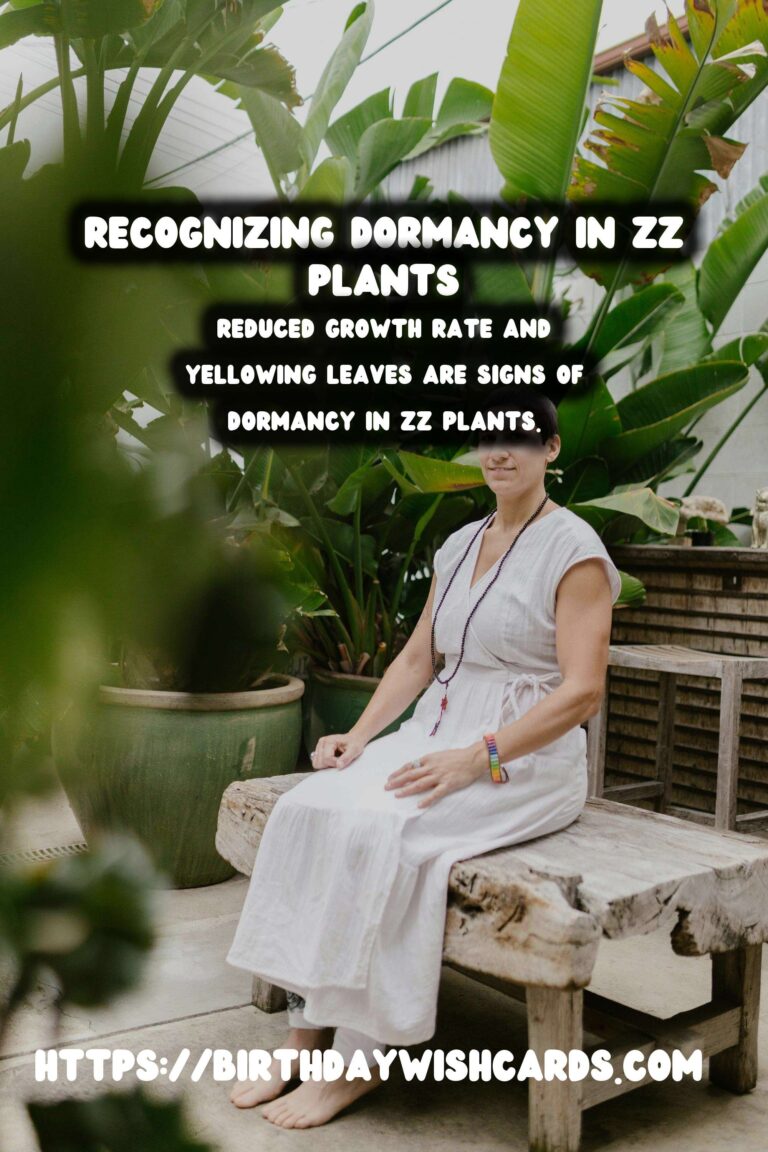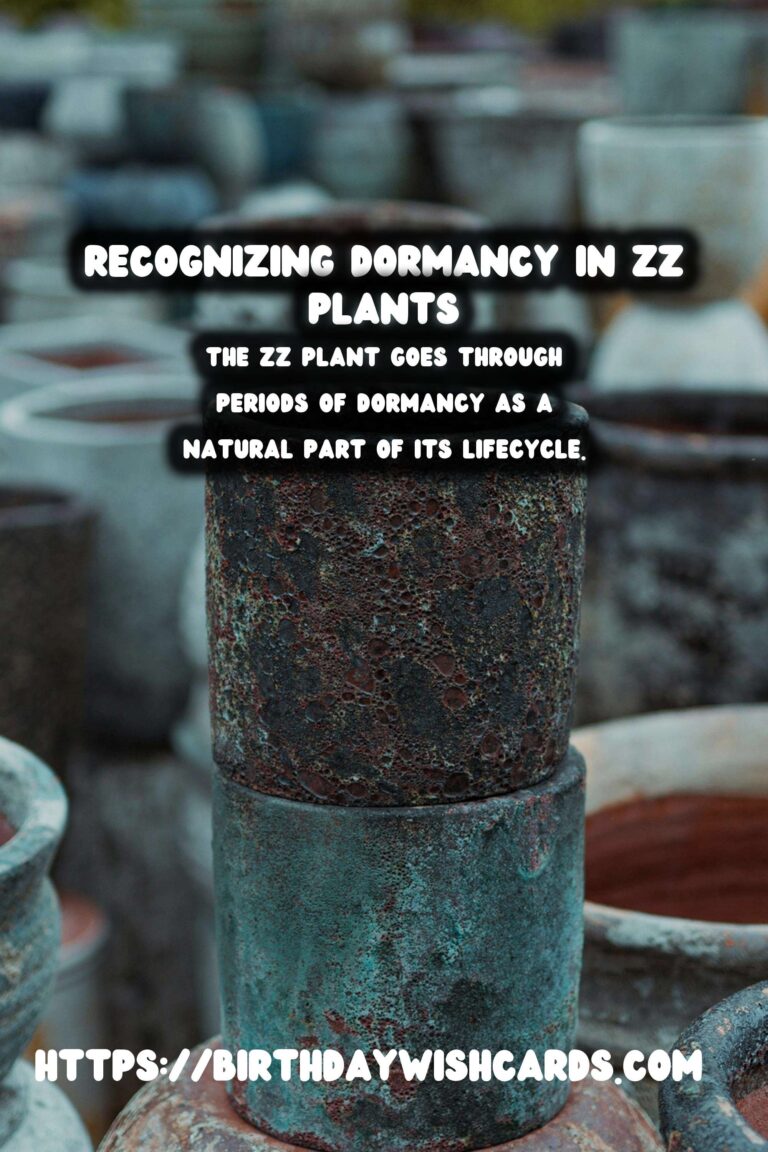
The ZZ plant, scientifically known as Zamioculcas zamiifolia, is a popular houseplant due to its tolerance of a wide range of conditions and its striking appearance. However, like many plants, the ZZ plant goes through periods of dormancy. Recognizing the signs of dormancy is crucial for ensuring your ZZ plant remains healthy. In this article, we will explore how to care for your ZZ plant during dormancy and the signs to look out for.
Understanding Dormancy in ZZ Plants
Dormancy is a natural part of a plant’s lifecycle, allowing it to conserve energy during unfavorable conditions. For the ZZ plant, dormancy usually occurs in response to changes in light and temperature. During this period, the plant’s growth slows down, and it may appear to be doing very little. Understanding this process can help you provide the proper care during this time.
Signs of Dormancy in ZZ Plants
Reduced Growth Rate
One of the most noticeable signs of dormancy in ZZ plants is a reduced growth rate. You may notice that your plant is not producing new leaves or that any new growth is minimal. This slowdown is completely normal during the dormancy period.
Yellowing Leaves
While yellowing leaves can be a sign of various issues, during dormancy, it is often a natural part of the cycle. As the plant conserves energy, it may shed some older leaves.
Less Water Uptake
During dormancy, the ZZ plant will require less water. Overwatering during this time can lead to root rot, so it’s important to adjust your watering schedule accordingly.
Cooler Temperatures
If you have moved your ZZ plant to a cooler location or if the seasons have changed, the plant might enter dormancy. Reduced light and cooler temperatures are signals for the plant to conserve energy.
How to Care for ZZ Plants During Dormancy
Adjust Watering
Since your ZZ plant will require less water during dormancy, allow the soil to dry out more between waterings. Check the top few inches of soil; if it feels dry, it’s time to water.
Provide Indirect Light
Even though the plant is dormant, it still needs light. Ensure it receives indirect sunlight to support its basic metabolic functions.
Maintain Stable Temperatures
Keeping your ZZ plant in a stable environment with temperatures ranging from 60 to 75°F (15 to 24°C) will help it transition smoothly out of dormancy once conditions improve.
Avoid Fertilizing
Hold off on fertilizing your ZZ plant during dormancy. Since the plant isn’t actively growing, it won’t use the nutrients efficiently, which could lead to salt buildup in the soil.
When Will My ZZ Plant Come Out of Dormancy?
Once the conditions improve, such as longer days and warmer temperatures, your ZZ plant will naturally come out of dormancy. You’ll start to see new growth, and it’s time to resume your regular care routine, including more frequent watering and occasional fertilizing.
Conclusion
Caring for a ZZ plant during its dormancy requires understanding and patience. By recognizing the signs of dormancy and adjusting your care routine, you can ensure that your ZZ plant remains healthy and ready to thrive when it re-enters its growing phase. Remember, dormancy is a natural and essential part of your plant’s life cycle.
The ZZ plant goes through periods of dormancy as a natural part of its lifecycle. Reduced growth rate and yellowing leaves are signs of dormancy in ZZ plants. During dormancy, the ZZ plant requires less water and benefits from indirect light. Adjust your care routine by providing less water and avoiding fertilization during dormancy. ZZ plants will come out of dormancy naturally when conditions improve. 









#ZZPlant #PlantCare #Houseplants #Gardening #PlantTips




